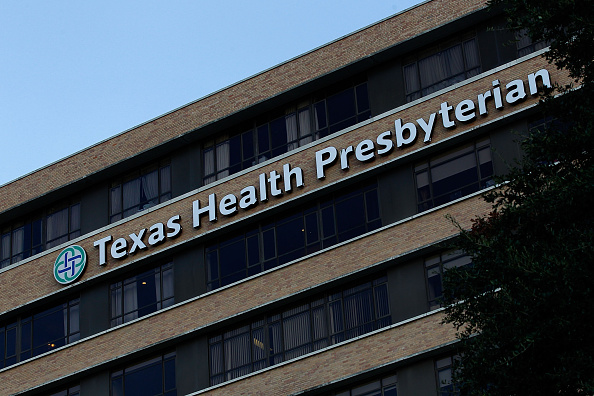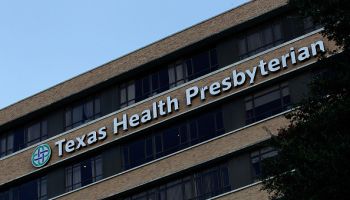
Health officials announced Tuesday (9/30) that the first case of Ebola has been diagnosed in the United States. — a man isolated in intensive care at Texas Health Presbyterian Hospital in Dallas.
The unidentified man first felt sick Sept. 24 and went to the Dallas hospital, but staff didn’t suspect Ebola then, so he went home. He came back by ambulance on Sept. 28 where it was determined he likely had Ebola and was isolated. He tested positive Tuesday, health officials said.
Here are 5 things you need to know about Ebola…
1 OUTBREAK IS LARGEST IN HISTORY
The outbreak in Liberia, Guinea and Sierra Leone has infected more than 1,700 people and killed more than 900 this year. World Health Organization Director-General Margaret Chan warned Friday that the outbreak was spiraling out of control, and that the consequences could be “catastrophic” in lives lost and economic disruption, if greater efforts aren’t put into place now.
2 SOME SURVIVE INFECTION
While the fatality rate for Ebola can be as high as 90 percent, health officials say the current death rate is about 70 percent. Those who fared best sought immediate medical attention. There is no vaccine or cure.
3 EBOLA CAN LOOK LIKE OTHER DISEASES
Early symptoms of an Ebola infection include fever, headache, muscle aches and sore throat, according to the World Health Organization. It can be difficult to distinguish between Ebola and malaria, typhoid fever or cholera.
4 EBOLA CAN ONLY SPREAD THROUGH BODILY FLUIDS
The virus isn’t airborne. People would have to come into contact with bodily fluids including blood, sweat, vomit, urine, saliva or semen of an infected person. Patients aren’t infectious until they are sick—and even when they begin to develop symptoms, they aren’t highly infectious, experts say. The most contagious patients are those who are very sick and unlikely to be moving around much.
5 WHAT’S BEING DONE TO FIGHT EBOLA
The World Health Organization said it would lead a $100 million campaign with its member countries to put more money and disease fighters in the three countries, including 50 additional staff from the U.S. Centers for Disease Control and Prevention.
















